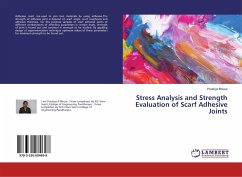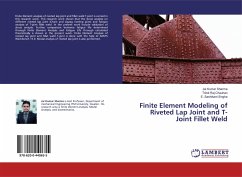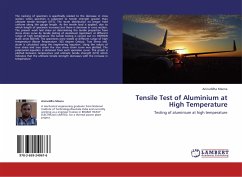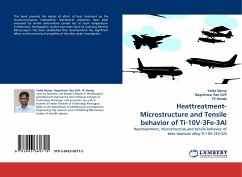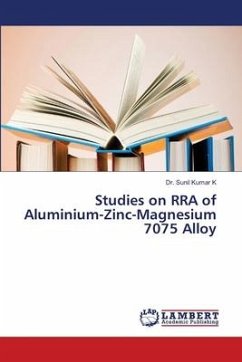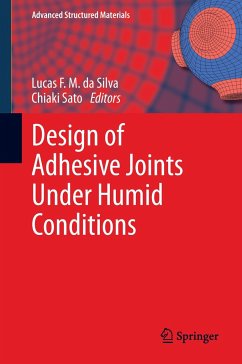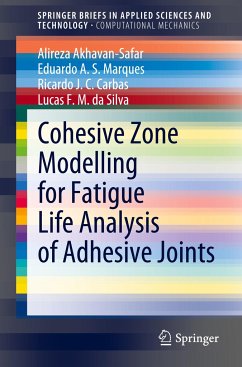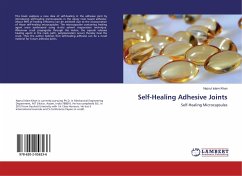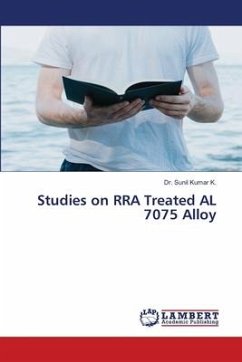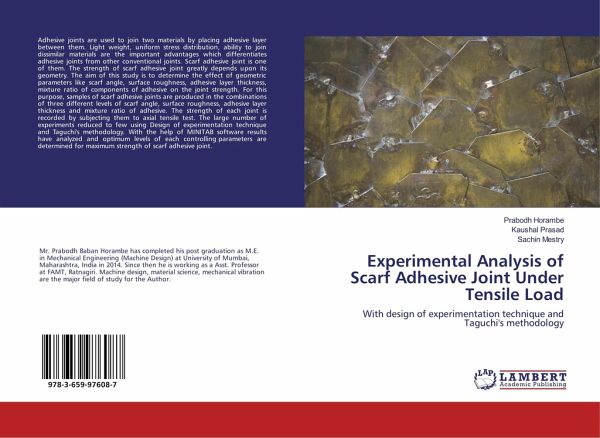
Experimental Analysis of Scarf Adhesive Joint Under Tensile Load
With design of experimentation technique and Taguchi's methodology
Versandkostenfrei!
Versandfertig in 1-2 Wochen
24,99 €
inkl. MwSt.

PAYBACK Punkte
12 °P sammeln!
Adhesive joints are used to join two materials by placing adhesive layer between them. Light weight, uniform stress distribution, ability to join dissimilar materials are the important advantages which differentiates adhesive joints from other conventional joints. Scarf adhesive joint is one of them. The strength of scarf adhesive joint greatly depends upon its geometry. The aim of this study is to determine the effect of geometric parameters like scarf angle, surface roughness, adhesive layer thickness, mixture ratio of components of adhesive on the joint strength. For this purpose, samples o...
Adhesive joints are used to join two materials by placing adhesive layer between them. Light weight, uniform stress distribution, ability to join dissimilar materials are the important advantages which differentiates adhesive joints from other conventional joints. Scarf adhesive joint is one of them. The strength of scarf adhesive joint greatly depends upon its geometry. The aim of this study is to determine the effect of geometric parameters like scarf angle, surface roughness, adhesive layer thickness, mixture ratio of components of adhesive on the joint strength. For this purpose, samples of scarf adhesive joints are produced in the combinations of three different levels of scarf angle, surface roughness, adhesive layer thickness and mixture ratio of adhesive. The strength of each joint is recorded by subjecting them to axial tensile test. The large number of experiments reduced to few using Design of experimentation technique and Taguchi's methodology. With the help of MINITAB software results have analyzed and optimum levels of each controlling parameters are determined for maximum strength of scarf adhesive joint.



